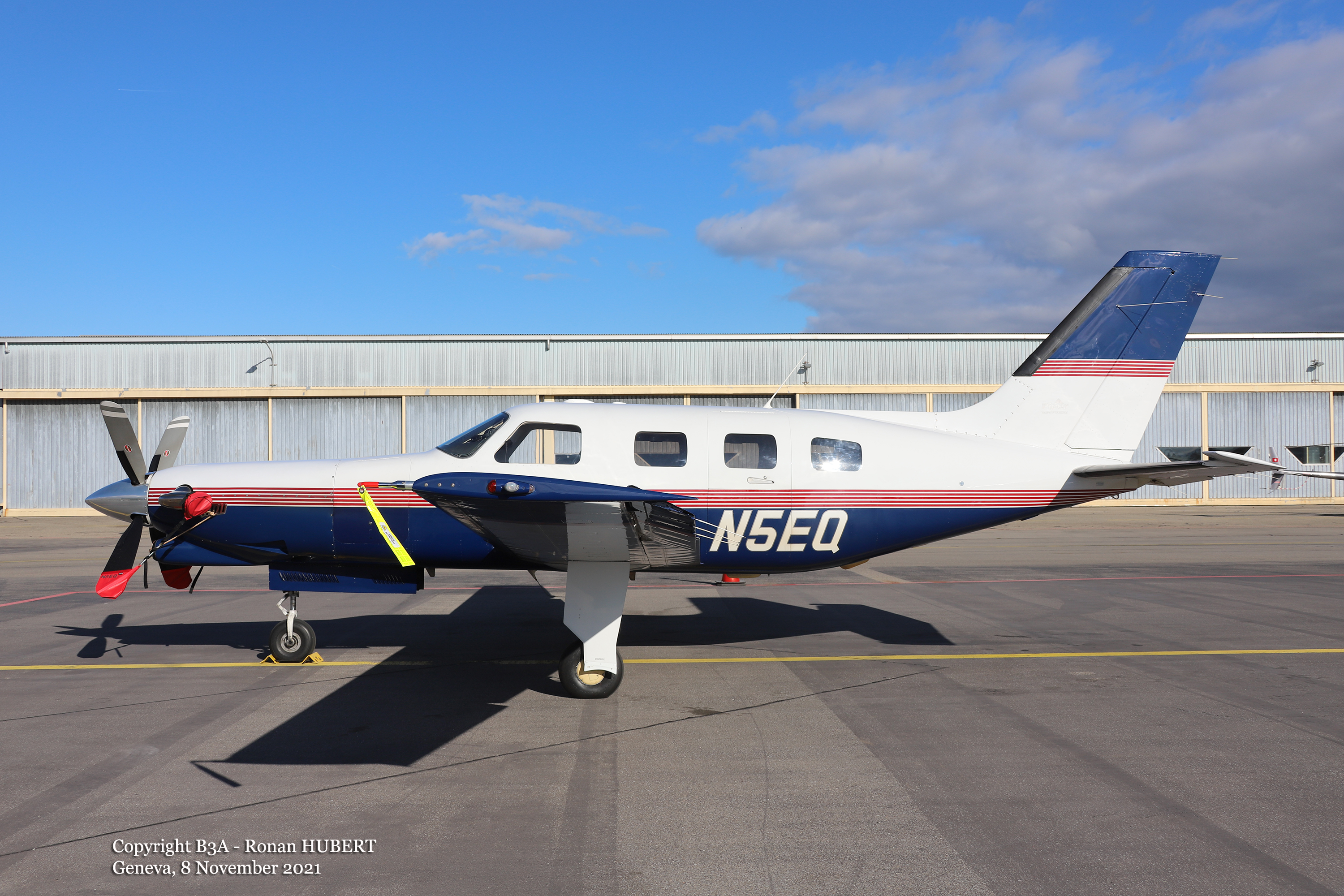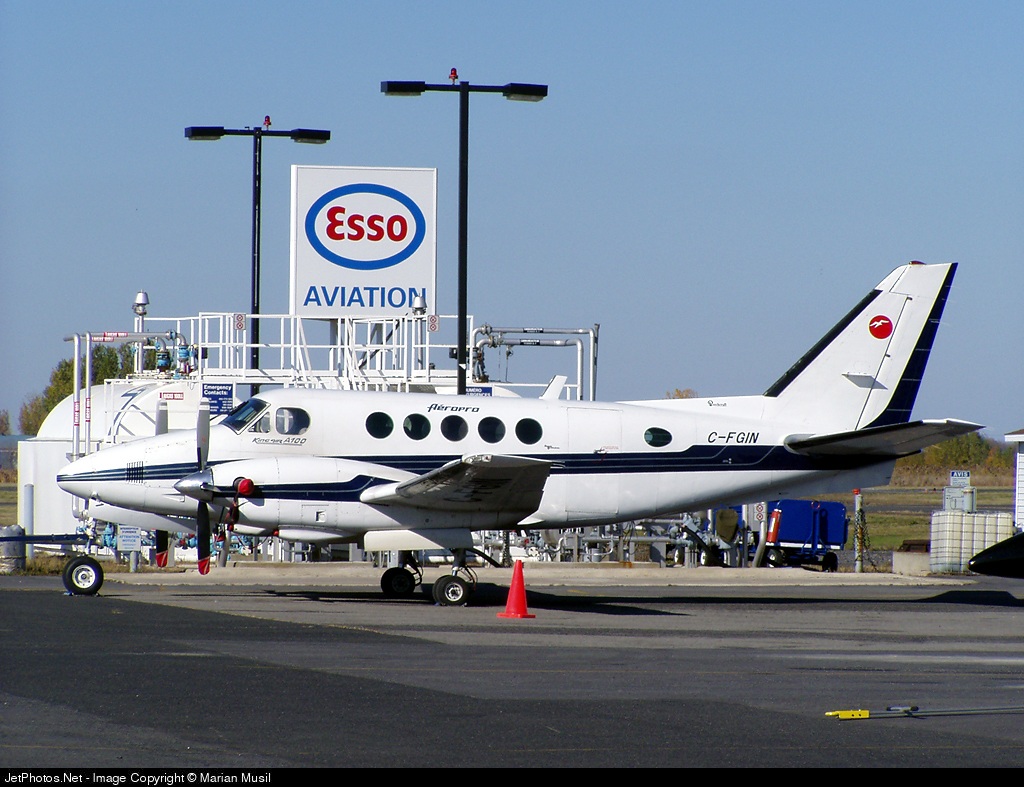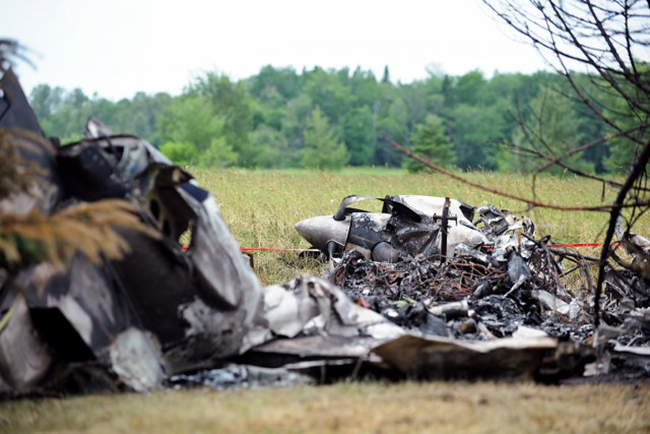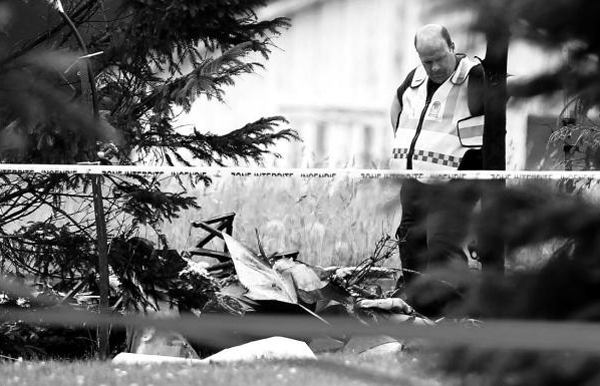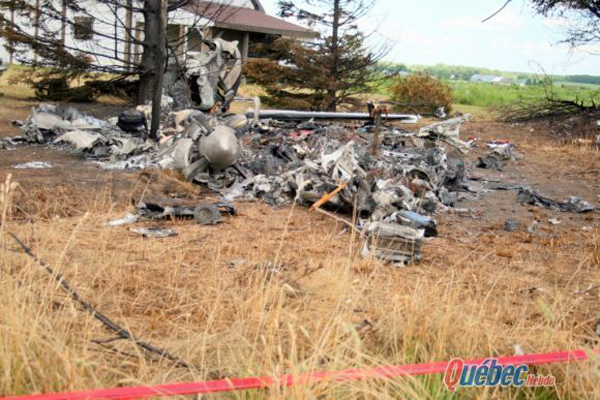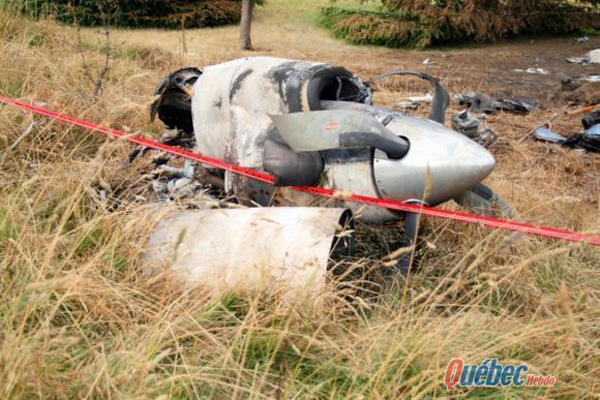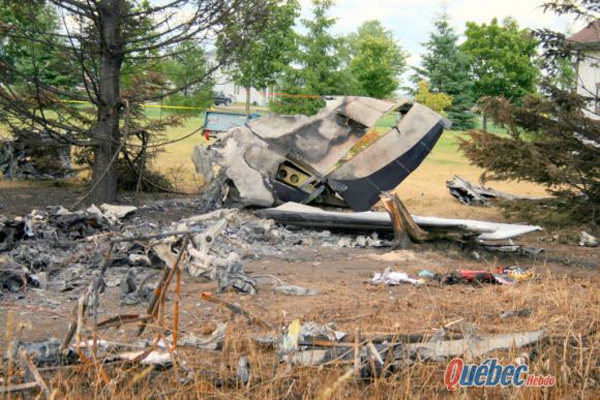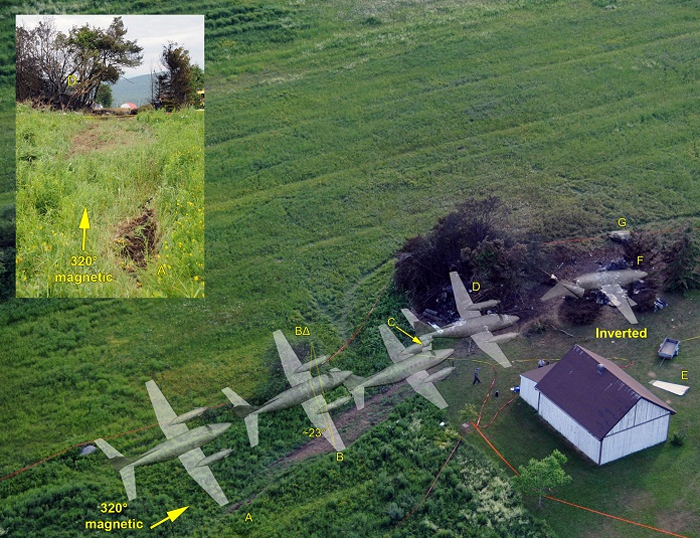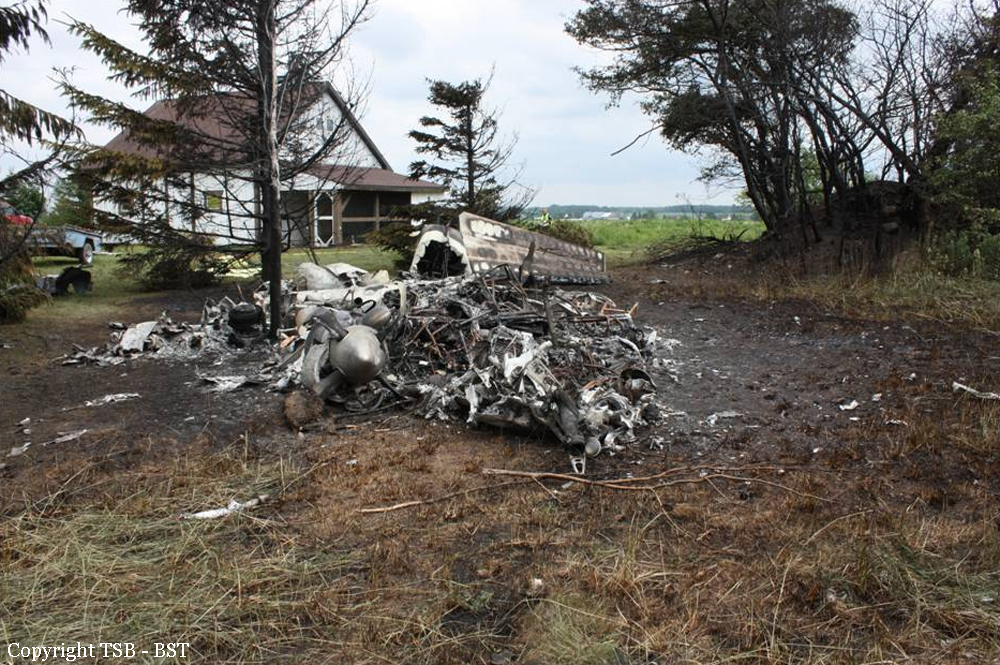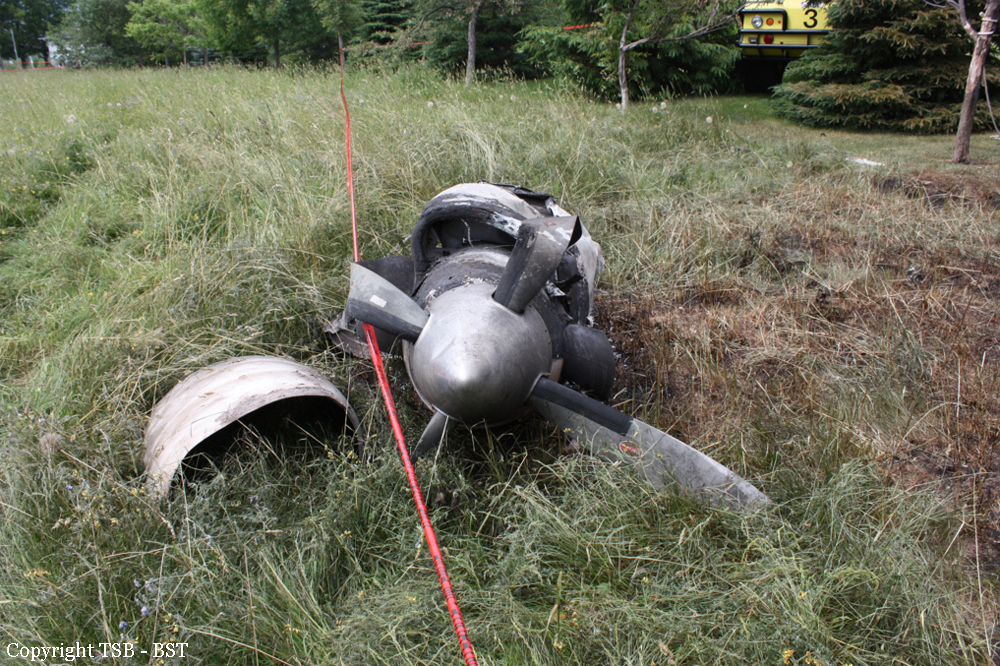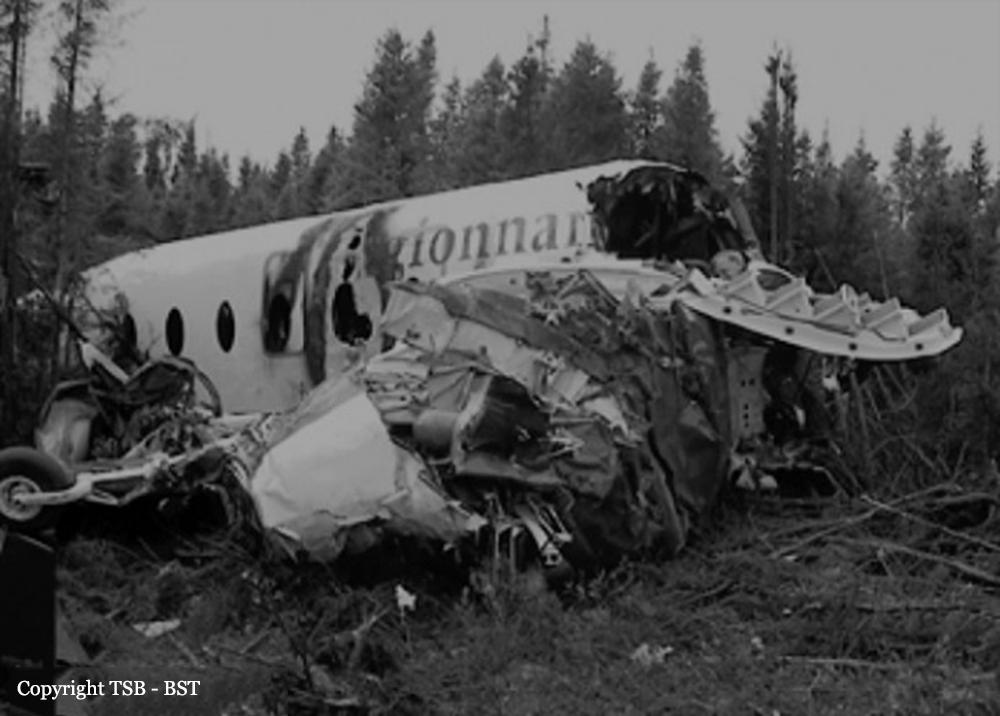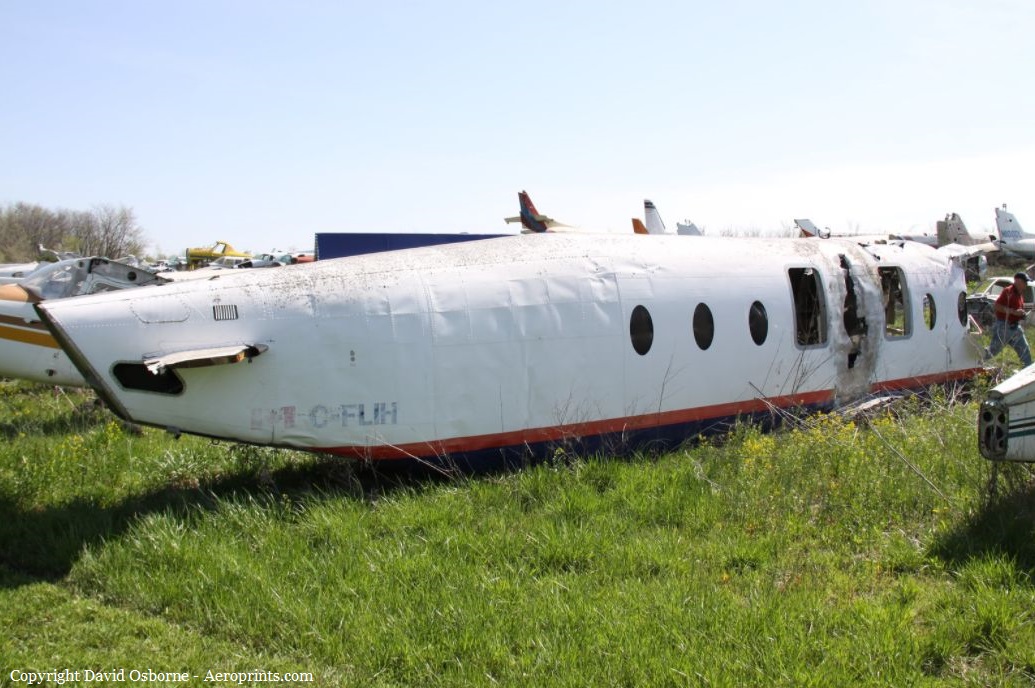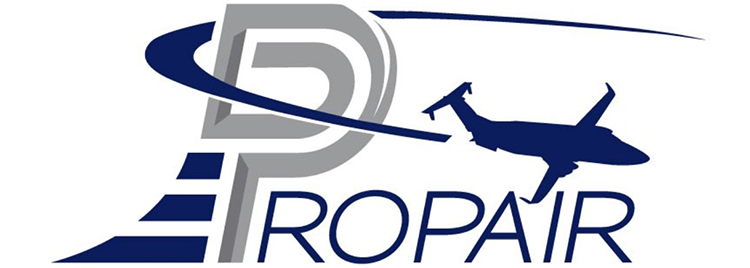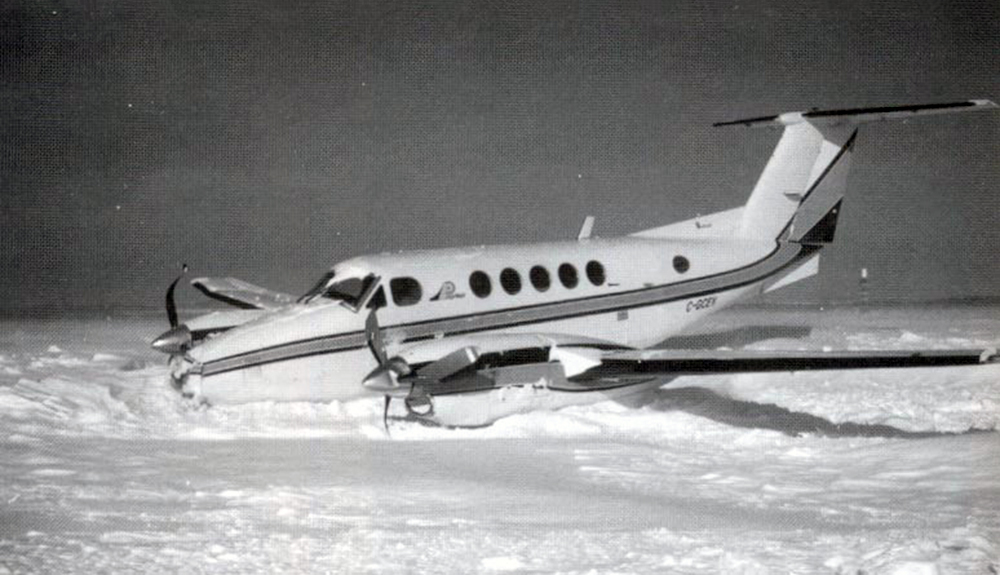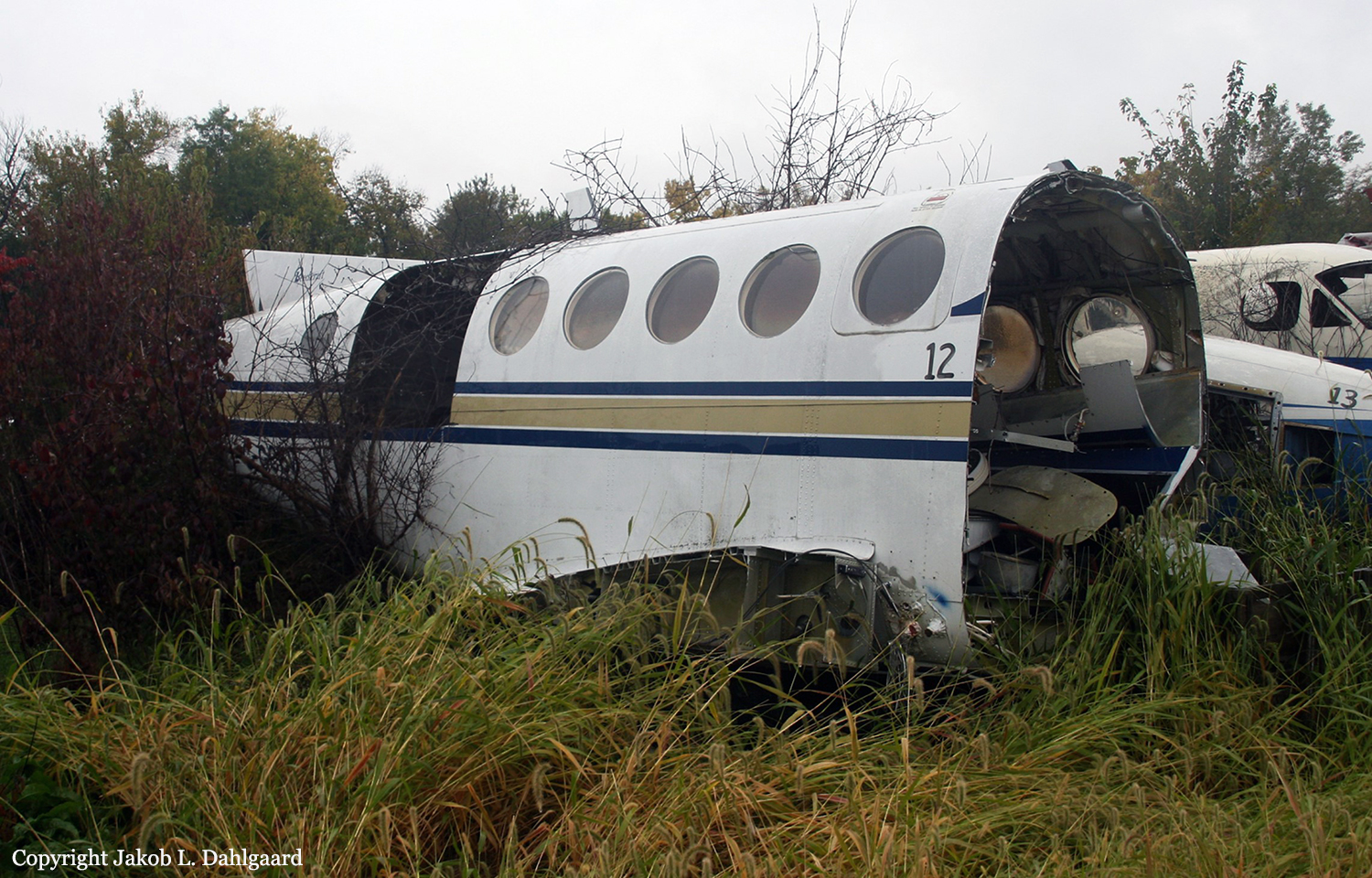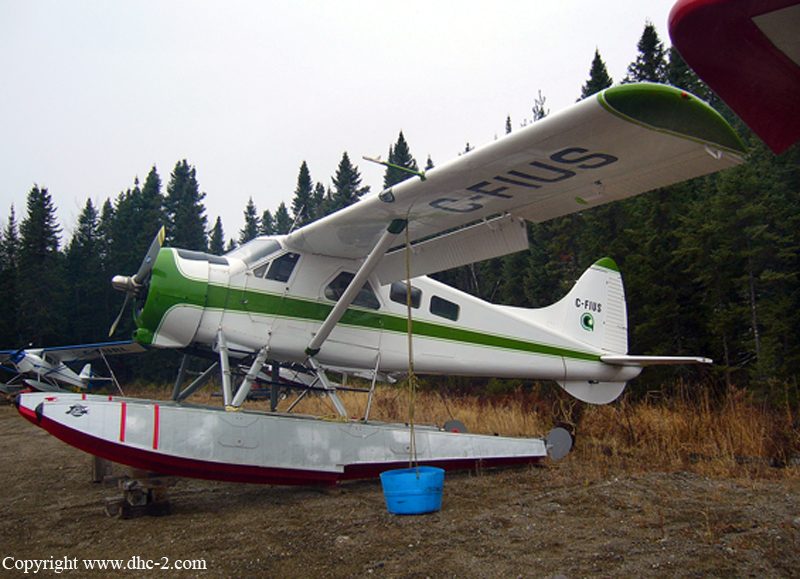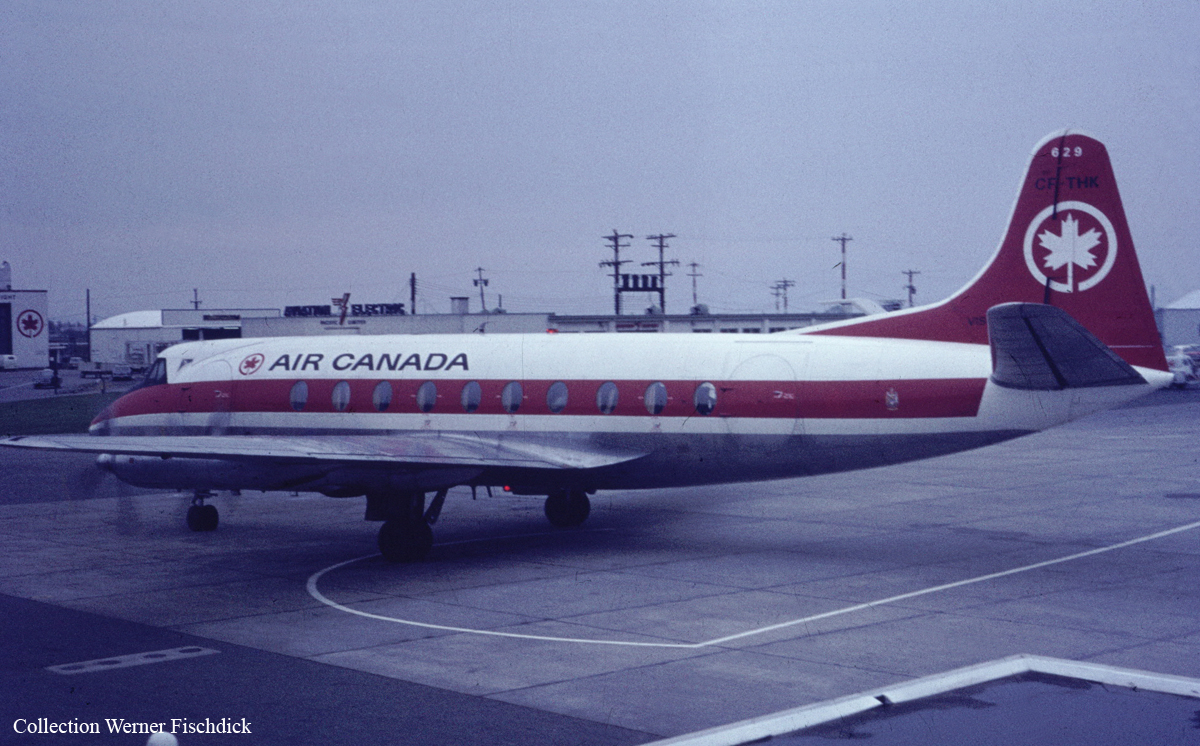Crash of a Piper PA-46-350P Jetprop DLX in Goose Bay: 1 killed
Date & Time:
Dec 14, 2022 at 1002 LT
Registration:
N5EQ
Survivors:
Yes
Schedule:
Nashua – Goose Bay – Nuuk
MSN:
46-36051
YOM:
1996
Crew on board:
1
Crew fatalities:
Pax on board:
1
Pax fatalities:
Other fatalities:
Total fatalities:
1
Captain / Total hours on type:
1046.00
Circumstances:
The single engine airplane departed Nashua Airport, New Hampshire, on December 13 on a flight to Nuuk, Greenland, with an intermediate stop in Goose Bay. Due to poor weather conditions at destination, the pilot diverted to Seven Islands Airport, Quebec, where the couple passed the overnight. On the morning of December 14, the airplane departed Seven Islands Airport at 0820LT bound for Goose Bay. At about 0958LT, the aircraft crossed the final approach fix / final approach waypoint FAFKO at 2,800 feet ASL, travelling at a ground speed of 104 knots, and began the final descent. Although the descent remained steady on a 3° profile, the ground speed decreased continuously for about 60 seconds. At 1000:31, the occurrence pilot reported at waypoint SATAK, and the ground speed had increased to above 80 knots. The tower provided the pilot with updated wind information and cleared the aircraft to land on Runway 08. The pilot acknowledged the clearance at 1000:49. Soon after, the ground speed began to decrease at a rate similar to the previous rate. At 1002:47, it had decreased to 51 knots. The aircraft departed controlled flight and impacted terrain when it was about 2.5 NM southwest of the airport along the extended centreline for Runway 08. The 406 MHz emergency locator transmitter activated, and the signal was received by the Joint Rescue Coordination Centre in Halifax, Nova Scotia, at 1006. A helicopter search and rescue mission was launched from Canadian Forces Base 5 Wing Goose Bay at 1036; the helicopter arrived at the accident site 3 minutes later. Medical technicians extricated the 2 occupants, who were both seriously injured. The occupants were airlifted to a waiting ambulance and then transported to the local hospital. The pilot later died of his injuries. The aircraft was destroyed.
Probable cause:
Given the absence of data for the last minute of the occurrence flight, the investigation could not determine the complete sequence of events that led to the loss of control and collision with terrain.
Final Report:
